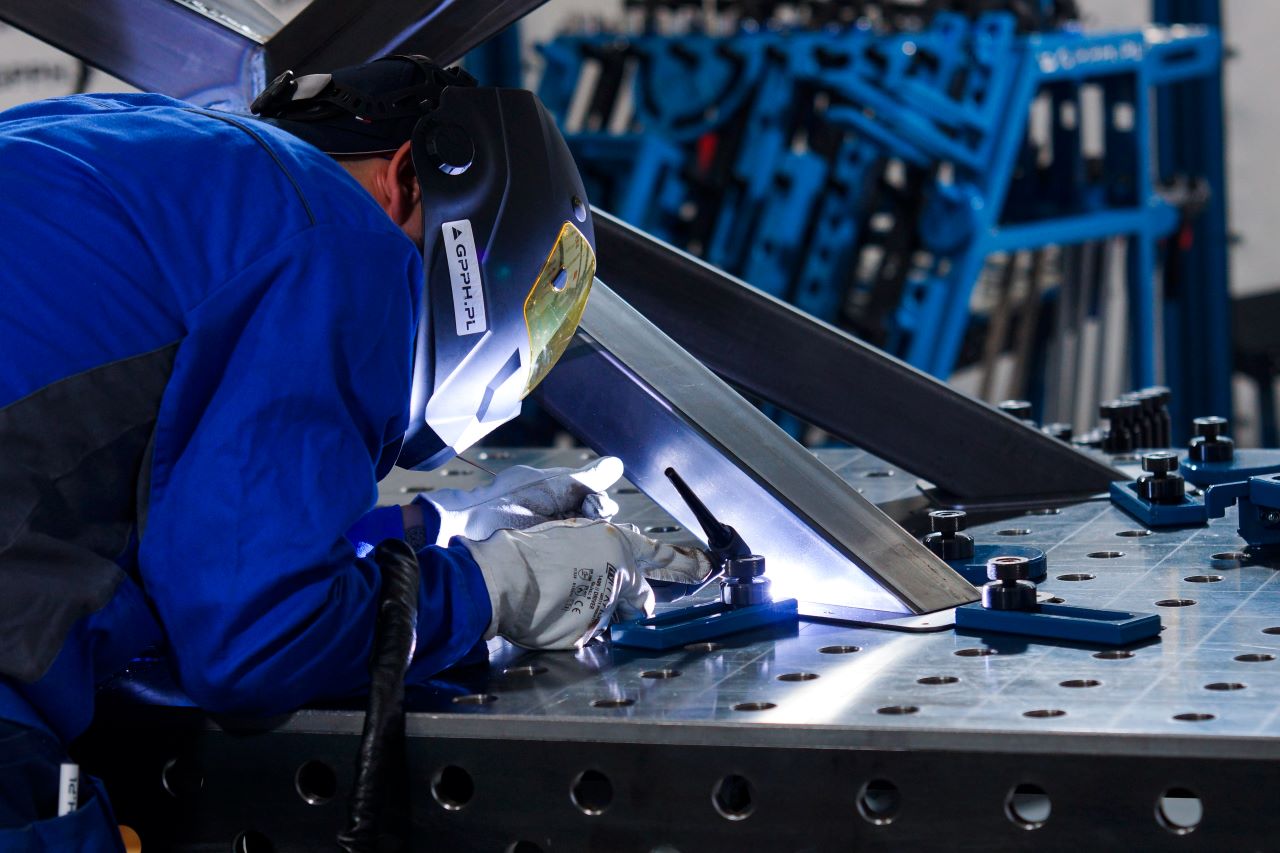Welding on a welding table is not just about joining metals—it’s about optimizing techniques and setups to achieve the highest quality welds efficiently. This article explores practical tips and tricks that can significantly improve welding effectiveness on welding tables, from equipment setup to welding techniques and crucial considerations.
Tips for Effective Welding on Welding Tables
Welding effectively on a welding table starts with proper equipment setup and preparation. Here are essential tips to consider:
- Equipment Setup: Ensure your welding machine is correctly set up for the type of welding you’re performing (MIG, TIG, or stick). Adjust settings such as voltage, amperage, and wire feed speed according to the material thickness and welding position. Position the welding table in a well-ventilated area and ensure proper grounding for safety.
- Workpiece Preparation: Clean and prepare the surfaces to be welded thoroughly. Remove any rust, paint, or contaminants that can affect weld quality. Proper fit-up of parts is crucial; use clamps and fixtures on the welding table to secure the workpiece in the desired position.
- Welding Techniques: Choose the appropriate welding technique based on the joint configuration and material thickness. Techniques like tack welding to hold pieces together before final welding, maintaining a consistent travel speed, and using the correct electrode angle contribute to better weld quality.
- Clamping and Fixturing: Utilize the modular capabilities of welding tables to securely clamp and position workpieces. Adjustable fixtures allow for precise alignment and support during welding, reducing distortion and ensuring accurate weld placement.
- Heat Control: Manage heat input carefully to prevent overheating and distortion. Preheating thick materials can help reduce stresses and improve weld penetration. Monitor the weld puddle closely to achieve uniform bead appearance and fusion.
Considerations for Welding on Welding Tables
Beyond techniques and setup, several factors contribute to successful welding on welding tables:
- Safety: Always wear appropriate personal protective equipment (PPE), including welding helmets, gloves, and protective clothing. Ensure proper ventilation to minimize exposure to welding fumes.
- Quality Assurance: Inspect welds visually and through non-destructive testing methods as needed to ensure they meet specifications. Address any defects promptly to maintain high-quality standards.
- Continuous Improvement: Regularly review and refine welding processes to optimize efficiency and quality. Incorporate feedback from weld inspections and collaborate with colleagues to share best practices.
Conclusion
Effectively welding on welding tables requires attention to detail, proper technique application, and utilization of quality equipment. Investing in high-quality welding tables, such as those offered by GPPH Group, ensures reliability and precision in welding operations. Explore GPPH Group’s range of premium welding tables here to discover how their innovative solutions can enhance your welding capabilities.
By implementing these tips and considerations, welders can achieve consistent, high-quality welds on welding tables, contributing to efficient production and improved outcomes in various industrial applications.

